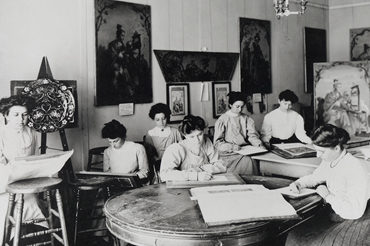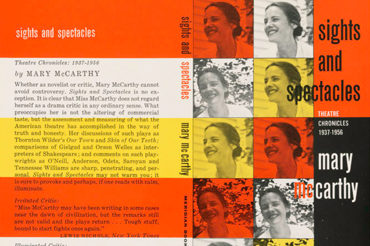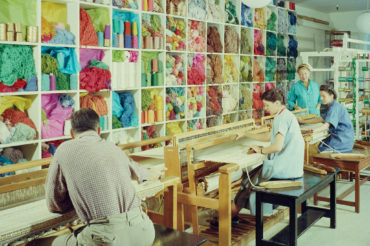Women in Product Design
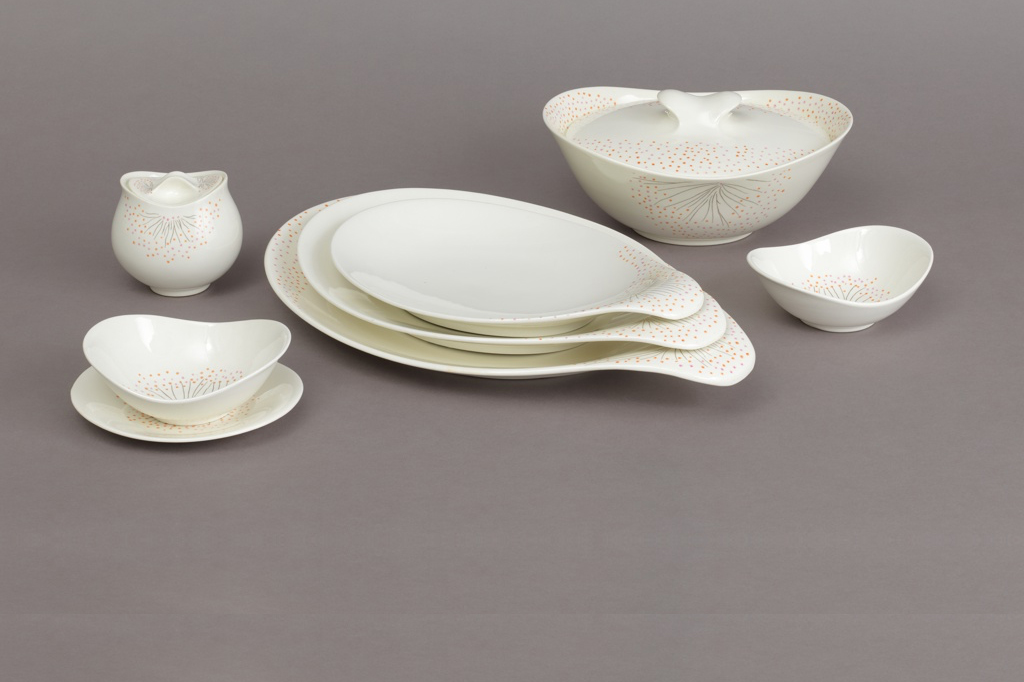
Product design is the development of mass-produced everyday objects to meet a wide range of user needs in contexts including work, travel, home life, communication, leisure, and more. While often uncredited or working anonymously, women designers have made important contributions to the history of product design in fields as varied as ceramics, furniture design, industrial design, and metalwork.
Featured Designers
Eva Zeisel
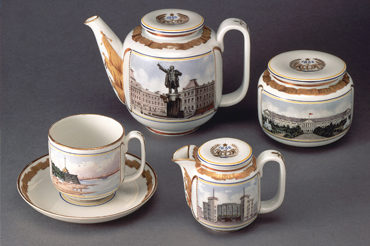
Originally a student of art and traditional ceramics in her native Europe, Eva Zeisel (Hungarian, 1906–2011) enjoyed international success as an industrial designer. Surviving imprisonment in Russia, escaping the Anschluss in Austria, and immigrating to the United States in 1938, she went on to receive numerous accolades throughout her long, groundbreaking career.
Ilonka Karasz
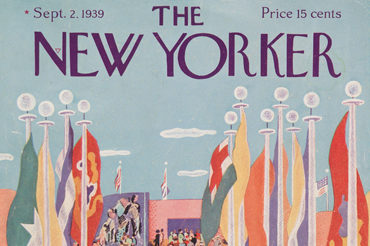
Ilonka Karasz (Hungarian, 1896–1981) studied art at the Royal Academy of Arts and Crafts in Budapest, where she was one of the first women to be admitted. After immigrating to the United States in 1913, she became an active member of the New York design scene. Working in a variety of mediums, Karasz is well known for her wall coverings and illustrations.
Margarethe Fröhlich
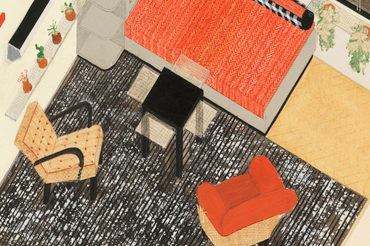
Trained in Germany, Margarethe Fröhlich (Austrian, 1901–1977) worked as an interior designer and model maker in Prague, Czech Republic, until she was displaced by the Nazi regime. Settling in New York City, Fröhlich produced models for designers such as Raymond Loewy before moving on to design education at Columbia University’s Teacher’s College and the Waldorf School.
